I love anything history. I especially love living history centers, pow wows, rendezvous’, and reenactment groups in all their various forms. This last summer I had the opportunity to work with some of our local youth in experiencing a few of the things their pioneer predecessors went through in the mid-1800s. About an hour away is a town that was once a thriving community along the Oregon Trail. If you live in the west then this is nothing uncommon; ghost towns, in particular old mining towns, exist everywhere. The difference to this particular town is that huge amounts of research, donated time and effort, and donated money have gone into restoring the town and its oldest buildings back to their state of occupation. At the forefront of every restored/rebuilt home stands a plaque detailing the history of the building. The buildings are furbished with items donated by history lovers and in many cases the actual descendants of those who lived in those homes. Many of these descendants come during the summers and volunteer their days to show people how things once were and tell you about their heritage.
While this is interesting some of you are probably wondering what that has to do with prepping; in short, everything. I felt it a shame that many of the youth did not appreciate what there was to learn here, nor fully appreciate the experience that they had in the back country. As I walked through this town I saw a community that raised its own livestock, milled its own timber, grew its own plants, and even fired their own bricks to make the community center, church, and school. What can we learn from these people and these locations? All a person has to do is ask themselves how something was done 50, 100 or even 150 years ago and see you’ll know how to thrive if the power grid goes down. Many of these practices are still implemented in small homesteads and self-sufficient farms.
I hope you look into your local history and take the time to visit and experience what other have to teach. If there is one thing I know about re-enactors is that if you give them an avenue of approach they will spend hours telling you how people lived back in the day and the experiences they’ve had living the past. Will knowing how to nap and arrowhead or set a snare for a rabbit save your life? Maybe; who knows; but it will never hurt to learn. At this time I want to share a few photos and give some details so you can get a little feel for the experience of pulling handcarts all over the hills and valleys, and then working and donating our time in the town to help preserve the buildings and local heritage.
The entire group that was later divided into two hand cart companies, and eventually into predetermined family groups.
Our mode of transport arrives. Hand crafted and simply steel wheels. We were told these were similar in weight and construction to the originals
These are the family groups that we were divided into; each one consisting of a Ma, and Pa, children, and in our case, a crazy uncle and war veteran…me. Sleeping bags aside, we were limited by what we could fit in a single bucket per person and had to transport our own jugs of water which were topped off every morning.
That’s me giving an instructional demonstration on the M2 .50 Cal Machine gun, it’s maximum effective range, and what it will do to a person when it hits various body parts. Yes, this is an anachronism.
That’s me heading up the instruction on knife and axe throwing; unless you have years of experience stop flicking your bloody wrist. Along with axe and knife throwing, which is fun but not real practical for survival aside from the movies, they also got to spend time on a makeshift archery range and a rifle range. For some of these kids this was a new experience.
The guys learn how to cut wood before chainsaws.
Starting fires the old fashioned way.
And lastly, prepping the best camping food of all; Dutch oven.


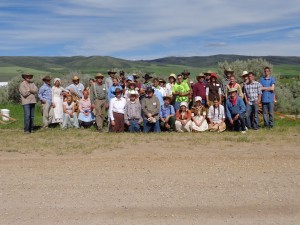

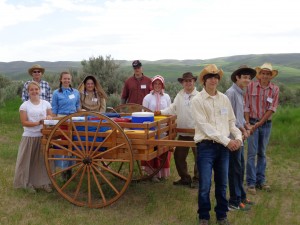
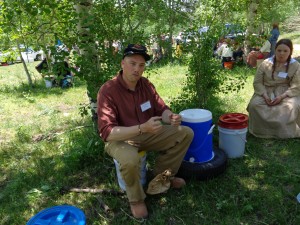

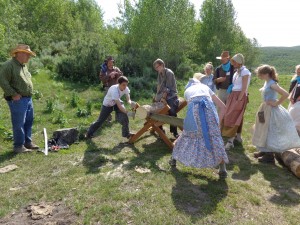
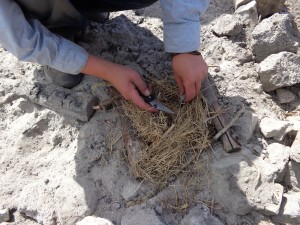
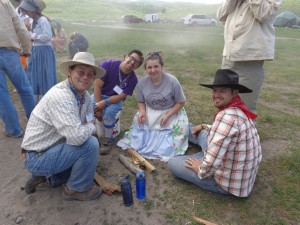
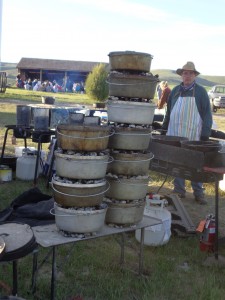

Leave a Reply